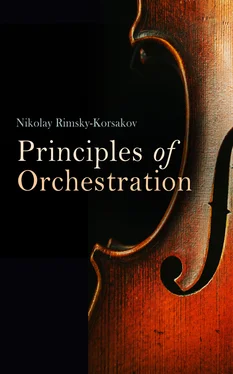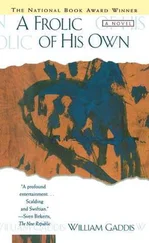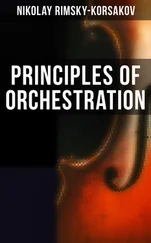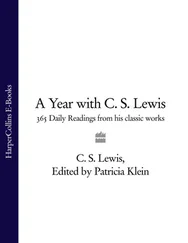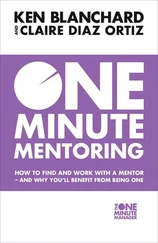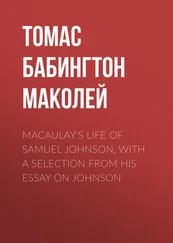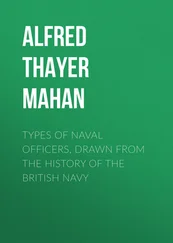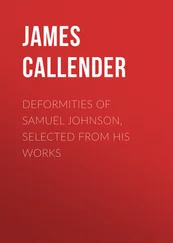Nikolay Rimsky-Korsakov
Principles of Orchestration
With Musical Examples Drawn from His Own Works
e-artnow, 2020
Contact: info@e-artnow.org
EAN 4064066060695
VOLUME I VOLUME I Table of Contents
Chapter I. GENERAL REVIEW OF ORCHESTRAL GROUPS. Chapter I. GENERAL REVIEW OF ORCHESTRAL GROUPS. Table of Contents
Chapter II. MELODY. Конец ознакомительного фрагмента. Текст предоставлен ООО «ЛитРес». Прочитайте эту книгу целиком, купив полную легальную версию на ЛитРес. Безопасно оплатить книгу можно банковской картой Visa, MasterCard, Maestro, со счета мобильного телефона, с платежного терминала, в салоне МТС или Связной, через PayPal, WebMoney, Яндекс.Деньги, QIWI Кошелек, бонусными картами или другим удобным Вам способом.
Chapter III. HARMONY. Конец ознакомительного фрагмента. Текст предоставлен ООО «ЛитРес». Прочитайте эту книгу целиком, купив полную легальную версию на ЛитРес. Безопасно оплатить книгу можно банковской картой Visa, MasterCard, Maestro, со счета мобильного телефона, с платежного терминала, в салоне МТС или Связной, через PayPal, WebMoney, Яндекс.Деньги, QIWI Кошелек, бонусными картами или другим удобным Вам способом.
Chapter IV. COMPOSITION OF THE ORCHESTRA. Конец ознакомительного фрагмента. Текст предоставлен ООО «ЛитРес». Прочитайте эту книгу целиком, купив полную легальную версию на ЛитРес. Безопасно оплатить книгу можно банковской картой Visa, MasterCard, Maestro, со счета мобильного телефона, с платежного терминала, в салоне МТС или Связной, через PayPal, WebMoney, Яндекс.Деньги, QIWI Кошелек, бонусными картами или другим удобным Вам способом.
Chapter V. COMBINATION OF THE HUMAN VOICE WITH ORCHESTRA. THE STAGE BAND. Конец ознакомительного фрагмента. Текст предоставлен ООО «ЛитРес». Прочитайте эту книгу целиком, купив полную легальную версию на ЛитРес. Безопасно оплатить книгу можно банковской картой Visa, MasterCard, Maestro, со счета мобильного телефона, с платежного терминала, в салоне МТС или Связной, через PayPal, WebMoney, Яндекс.Деньги, QIWI Кошелек, бонусными картами или другим удобным Вам способом.
Chapter VI (Supplementary). Конец ознакомительного фрагмента. Текст предоставлен ООО «ЛитРес». Прочитайте эту книгу целиком, купив полную легальную версию на ЛитРес. Безопасно оплатить книгу можно банковской картой Visa, MasterCard, Maestro, со счета мобильного телефона, с платежного терминала, в салоне МТС или Связной, через PayPal, WebMoney, Яндекс.Деньги, QIWI Кошелек, бонусными картами или другим удобным Вам способом.
VOLUME II Конец ознакомительного фрагмента. Текст предоставлен ООО «ЛитРес». Прочитайте эту книгу целиком, купив полную легальную версию на ЛитРес. Безопасно оплатить книгу можно банковской картой Visa, MasterCard, Maestro, со счета мобильного телефона, с платежного терминала, в салоне МТС или Связной, через PayPal, WebMoney, Яндекс.Деньги, QIWI Кошелек, бонусными картами или другим удобным Вам способом.
Extract from the Author’s Preface (1891).
Table of Contents
Our epoch, the post-Wagnerian age, is the age of brilliance and imaginative quality in orchestral tone colouring. Berlioz, Glinka, Liszt, Wagner, modern French composers—Delibes, Bizet and others; those of the new Russian school—Borodin, Balakirev, Glazounov and Tschaikovsky—have brought this side of musical art to its zenith; they have eclipsed, as colourists, their predecessors, Weber, Meyerbeer and Mendelssohn, to whose genius, nevertheless, they are indebted for their own progress. In writing this book my chief aim has been to provide the well-informed reader with the fundamental principles of modern orchestration from the standpoint of brilliance and imagination, and I have devoted considerable space to the study of tonal resonance and orchestral combination.
I have tried to show the student how to obtain a certain quality of tone, how to acquire uniformity of structure and requisite power. I have specified the character of certain melodic figures and designs peculiar to each instrument or orchestral group, and reduced these questions briefly and clearly to general principles; in short I have endeavoured to furnish the pupil with matter and material as carefully and minutely studied as possible. Nevertheless I do not claim to instruct him as to how such information should be put to artistic use, nor to establish my examples in their rightful place in the poetic language of music. For, just as a handbook of harmony, counterpoint, or form presents the student with harmonic or polyphonic matter, principles of construction, formal arrangement, and sound technical methods, but will never endow him with the talent for composition, so a treatise on orchestration can demonstrate how to produce a well-sounding chord of certain tone-quality, uniformly distributed, how to detach a melody from its harmonic setting, correct progression of parts, and solve all such problems, but will never be able to teach the art of poetic orchestration. To orchestrate is to create, and this is something which cannot be taught.
It is a great mistake to say: this composer scores well, or, that composition is well orchestrated, for orchestration is part of the very soul of the work . A work is thought out in terms of the orchestra, certain tone-colours being inseparable from it in the mind of its creator and native to it from the hour of its birth. Could the essence of Wagner's music be divorced from its orchestration? One might as well say that a picture is well drawn in colours.
More than one classical and modern composer has lacked the capacity to orchestrate with imagination and power; the secret of colour has remained outside the range of his creative faculty. Does it follow that these composers do not know how to orchestrate? Many among them have had greater knowledge of the subject than the mere colourist. Was Brahms ignorant of orchestration? And yet, nowhere in his works do we find evidence of brilliant tone or picturesque fancy. The truth is that his thoughts did not turn towards colour; his mind did not exact it.
Читать дальше
